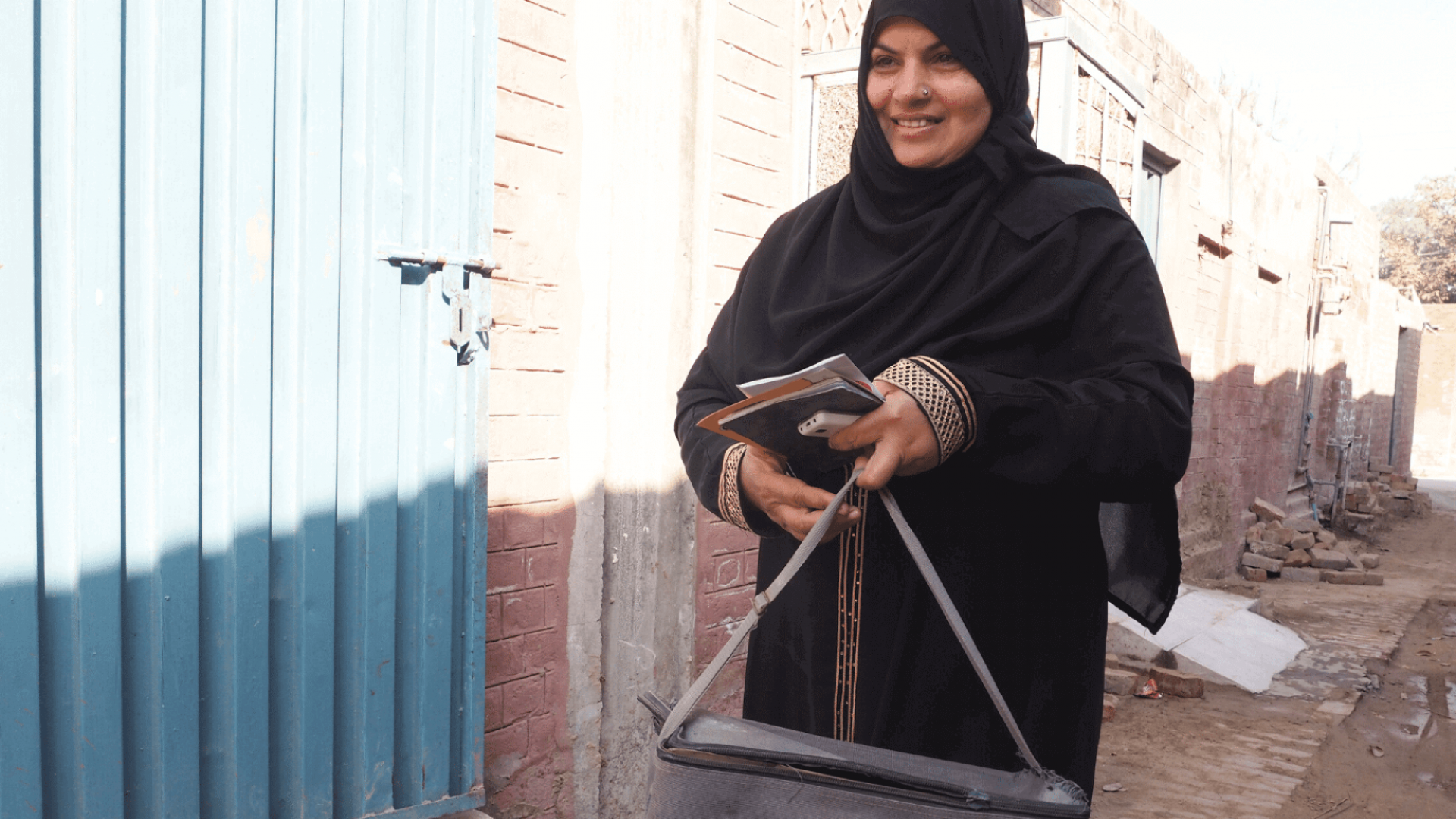Cataract surgery is among the most cost-effective of health interventions.1 It is undertaken to improve vision, on the premise that this will make people’s lives better. However, historically, data on the impact of cataract surgery were lacking for LMICs. Consequently, the Cataract Impact Study was undertaken in Kenya, Bangladesh, and the Philippines to assess the impact of cataract surgery on poverty, quality of life (QoL) and everyday activities.2-10
Approximately 700 people aged ≥50 years with vision impairment from cataract (visual acuity <6/24 in the better eye) were identified across the three countries. Appropriate controls were selected for each case. Participants were interviewed about their health-related quality of life, participation in different daily activities, and household economic situation. People with cataract were then offered free or subsidised surgery and transport and were visited up to four times in their homes to encourage surgery uptake. Participants were re-interviewed using the same tools after one year in all three countries and again after six years in Bangladesh and the Philippines.11
Before surgery people who were vision impaired from cataract were on average less well off, whether poverty was measured in terms of monthly expenditure, asset ownership, or self-perceived wealth.9 They were more likely to need help from others, and less likely to take part in productive activities, such as employment outside the home, housework, or looking after children.5 People with vision loss reported poorer vision-related QoL and health-related QoL than controls.2,6,7
The outcomes of people who received cataract surgery had improved within one year.10 Monthly expenditure, as a proxy for income, had increased compared to baseline among operated cases (36% increase in Kenya, 44% in Bangladesh, 88% in the Philippines).10 Operated cases spent more time on productive activities, needed less assistance and reported better QoL compared to baseline.3,4 Many gaps in well-being and poverty between those with cataract and controls had been closed within one year of cataract surgery. By follow-up, there was no significant difference in per capita expenditure compared to controls.10
These improvements were still apparent six years after surgery in Bangladesh and the Philippines. Cases had enjoyed sustained economic benefits, in terms of improved household expenditure and asset ownership.8 Compared to baseline, they also maintained a higher QoL, more independence, better functioning and greater involvement in productive activities. The conclusions of the Cataract Impact Study were that people with vision impairment from cataract experience poverty, reduced QoL and difficulties in daily activities. However, after surgery they may regain the same levels as their peers.
- Horton S, Gelband H, Jamison D, Levin C, Nugent R, Watkins D. Ranking 93 health interventions for low- and middle-income countries by cost-effectiveness. PLoS One 2017; 12(8): e0182951.
- Polack S, Eusebio C, Fletcher A, Foster A, Kuper H. Visual impairment from cataract and health related quality of life: results from a case-control study in the Philippines. Ophthalmic Epidemiol 2010; 17(3): 152-9.
- Polack S, Eusebio C, Mathenge W, et al. The impact of cataract surgery on health related quality of life in Kenya, the Philippines, and Bangladesh. Ophthalmic Epidemiol 2010; 17(6): 387-99.
- Polack S, Eusebio C, Mathenge W, et al. The impact of cataract surgery on activities and time-use: results from a longitudinal study in Kenya, Bangladesh and the Philippines. PLoS One 2010; 5(6): e10913.
- Polack S, Kuper H, Eusebio C, Mathenge W, Wadud Z, Foster A. The impact of cataract on time-use: results from a population based case-control study in Kenya, the Philippines and Bangladesh. Ophthalmic Epidemiol 2008; 15(6): 372-82.
- Polack S, Kuper H, Mathenge W, Fletcher A, Foster A. Cataract visual impairment and quality of life in a Kenyan population. Br J Ophthalmol 2007; 91(7): 927-32.
- Polack S, Kuper H, Wadud Z, Fletcher A, Foster A. Quality of life and visual impairment from cataract in Satkhira district, Bangladesh. Br J Ophthalmol 2008; 92(8): 1026-30.
- Danquah L, Kuper H, Eusebio C, et al. The long term impact of cataract surgery on quality of life, activities and poverty: results from a six year longitudinal study in Bangladesh and the Philippines. PLoS One 2014; 9(4): e94140.
- Kuper H, Polack S, Eusebio C, Mathenge W, Wadud Z, Foster A. A case-control study to assess the relationship between poverty and visual impairment from cataract in Kenya, the Philippines, and Bangladesh. PLoS Med 2008; 5(12): e244.
- Kuper H, Polack S, Mathenge W, et al. Does cataract surgery alleviate poverty? Evidence from a multi-centre intervention study conducted in Kenya, the Philippines and Bangladesh. PLoS One 2010; 5(11): e15431.
- Syed A, Polack S, Eusebio C, et al. Predictors of attendance and barriers to cataract surgery in Kenya, Bangladesh and the Philippines. Disability and rehabilitation 2013; 35(19): 1660-7.

